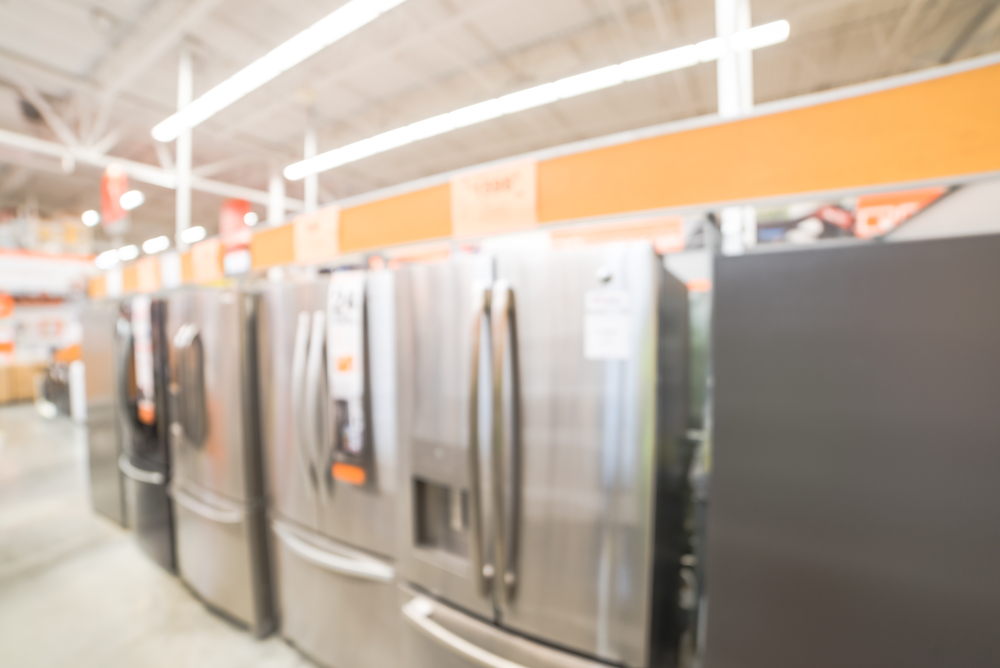
In environments where moisture, water exposure, or extreme conditions are a concern, waterproof thermostats provide an essential solution for precise temperature control. Unlike standard thermostats, which are vulnerable to water damage, waterproof models are built with protective enclosures and advanced sealing technology to maintain functionality in challenging settings. In this article, we explore what makes waterproof thermostats different from regular ones, how they function, and the types of applications where they are necessary.
What Makes Waterproof Thermostats Different?
Waterproof thermostats differ from standard models primarily in their design and durability. They are built to withstand exposure to moisture, humidity, and even direct water contact without compromising performance.- IP-Rated Protection: Waterproof thermostats are often rated with an IP (Ingress Protection) code, indicating their level of resistance to water and dust
- Sealed Housing: Unlike regular thermostats, waterproof models feature sealed enclosures to prevent moisture intrusion, protecting internal components from corrosion and short circuits.
- Durable Materials: These thermostats are often constructed from stainless steel, specialized plastics, or corrosion-resistant alloys, ensuring longevity in harsh environments.
- Reliable Operation in Extreme Conditions: Many waterproof thermostats are designed to function in environments with fluctuating temperatures, high humidity, and outdoor exposure.
How Do Waterproof Thermostats Function?
Waterproof thermostats use a closed-loop control system to maintain stable temperatures in wet conditions. They rely on either a bimetallic strip, which expands or contracts to trigger a switch, or a thermistor, which adjusts electrical resistance based on temperature. These mechanisms ensure precise regulation, even in moisture-prone environments. The sealed design prevents water damage, allowing the thermostat to function reliably in industrial, marine, and outdoor applications. By continuously monitoring and adjusting temperature, waterproof thermostats provide consistent performance where standard models would fail due to humidity or water exposure.Applications That Require a Waterproof Thermostat
Regular thermostats are sufficient for controlled indoor environments such as homes and offices. However, certain applications demand the reliability and moisture resistance of a waterproof thermostat. Here are a few applicable settings.1. Industrial and Manufacturing Facilities
- Factories and production plants often operate in high-humidity environments where standard thermostats would fail due to condensation or liquid exposure.
- Waterproof thermostats are used in food processing, pharmaceutical production, and chemical plants to regulate temperatures in critical machinery and storage areas.
2. Marine and Offshore Equipment
- Ships, offshore drilling platforms, and coastal facilities face constant exposure to saltwater, humidity, and extreme weather conditions.
- Waterproof thermostats are used in engine compartments, control rooms, and refrigeration units to maintain optimal temperatures in high-moisture environments.
3. Agriculture and Greenhouses
- Agricultural settings require thermostats that can withstand humidity, irrigation spray, and fluctuating outdoor conditions.
- Greenhouses use waterproof thermostats to regulate temperature and humidity levels to protect plants from extreme heat or cold.
4. Outdoor HVAC and Climate Control Systems
- Outdoor heating, ventilation, and air conditioning (HVAC) systems must endure rain, snow, and temperature variations.
- Waterproof thermostats are used in rooftop HVAC units, outdoor refrigeration, and climate-controlled storage.
5. Automotive and Heavy-duty Vehicles
- Trucks, buses, and construction vehicles operate in rugged conditions where water resistance is necessary.
- Waterproof thermostats are used in engine cooling systems, cabin climate control, and refrigerated transport vehicles.
6. Medical and Laboratory Equipment
- Laboratories and medical facilities often require thermostats with high precision and protection against liquid exposure.
- Waterproof thermostats regulate temperatures in medical refrigeration, autoclaves, and incubators.
